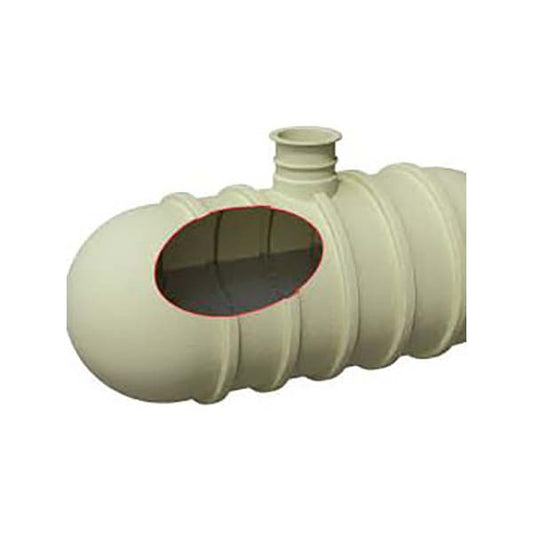During the summer months, farmers take advantage of the drier weather conditions and harvesting silage. But what are the regulations when it comes to storing silage safely?
Contents
What is silage?
Silage is grass or other green fodder that is compacted and stored in airtight conditions, without being dried beforehand, and used as animal feed in the winter.
The production of silage first became popular in the 1970’s and 80’s, when there was a dramatic shift from conserving grass as highly weather-dependent hay to the more flexible system of producing grass silage. The benefits of producing bale silage were seen to include easier transportation, flexible storage and feeding.
Silage is usually made from grass crops such as maize, sorghum or other cereals, using the entire green plant. It is fermented and stored in a process called ensilage, ensiling or silaging.
When it comes to making silage it is normally produced by either:
-
Putting cut green vegetation in a silo or pit; piling the vegetation in a big heap and compressing it down to eliminate as much oxygen as possible, then covering it with a plastic sheet or;
- By wrapping large round bales tightly in plastic film.
Why storing silage safely is so important?
The safe storage of silage is essential as it has a Biochemical Oxygen Demand (BOD) of up to 200 times that of raw sewage. If it were to enter a watercourse, it would rapidly strip oxygen from the water, killing fish, plants and other aquatic life.
Silage is also highly acidic so will attack steel and concrete surfaces, causing deterioration of cracks and joints in silo floors, collection channels and tanks, making it very difficult to contain and collect all the effluent.
For these reasons, there are strict rules in place when it comes to storing silage. For example, you cannot make or store any silage within 10 metres of inland or coastal waters. You also can’t store field silage within 50 metres of a ‘protected water supply source’. This is anywhere that water is abstracted from and used for purposes such as human consumption, in farm dairies or human food preparation.
Failure to store silage safely can come with some serious consequences. If the effluent were to pollute the environment, this can result in serious fines and even a prison sentence.
Silos
If you store silage in a silo, you must ensure that it is resistant to attack. It must have:
- an impermeable base that extends beyond any walls
- impermeable drainage collection channels around the outside, which flows into an effluent tank
The base of the silo must comply with certain accreditations. For concrete bases, this is British Standard 8007:1987 and British Standard 8110-1:1997. Whilst for hot-rolled asphalt bases, this is British Standard 594/EN 13108-4:2006.
If your silo has walls, these must withstand wall loadings set in British Standard 5502-22:2003+A1:2013.
Effluent tanks
As mentioned above, your silo must have an effluent collection system. This should come with a protective liner built into the tank to prevent corrosion.
If the tank is above the ground, it must be resistant to attack from silage effluent for at least 20 years with maintenance. If, however, any part is below ground, the tank should be impermeable for at least 20 years without maintenance.
Please note, you may be asked to prove your tank is suitable, for example with a manufacturer’s guarantee.
We supply a range of cost-effective effluent tanks for the safe storage of both silage and slurry. If you select a tank with sufficient capacity, you can store silage and slurry together.
If you choose to mix slurry with silage though, please be warned that it can give off gases that are dangerous to humans and livestock. It must therefore be stored in the right type of tank, which we can advise you on. For example, you cannot put silage effluent into an under-floor slurry store.
Our silage effluent tanks are available in sizes that range from 5,000 litres to more than 40,000 litres. They come with a heavy duty shell making them suitable for installation in all ground conditions. They are also designed in accordance with BS6297, ensuring you meet all building regulations – so no need to worry about the legal stuff.
Capacity requirements
The minimum capacity rules for effluent tanks should give you at least 2 days’ storage at peak flow. However, it’s up to you to ensure you’ve enough capacity to avoid the risk of pollution.
According to gov.uk, capacity guidelines are as follows:
| Silo capacity | Minimum effluent tank capacity |
| Up to 1,500 cubic metres | 20 litres for each cubic metre |
| Over 1,500 cubic metres | 30 cubic metres, plus 6.7 litres for each cubic metre of silo capacity over 1,500 cubic metres |
Don’t forget to notify the Environment Agency
If you plan to make or store silage, please don’t forget to give at least 14 days notice to the Environment Agency.
Get expert advice on effluent tanks
Our team of specialists can provide you with expert advice on silage effluent tanks. Call us today on 0121 351 3230.
Alternatively, fill out our enquiry form.














